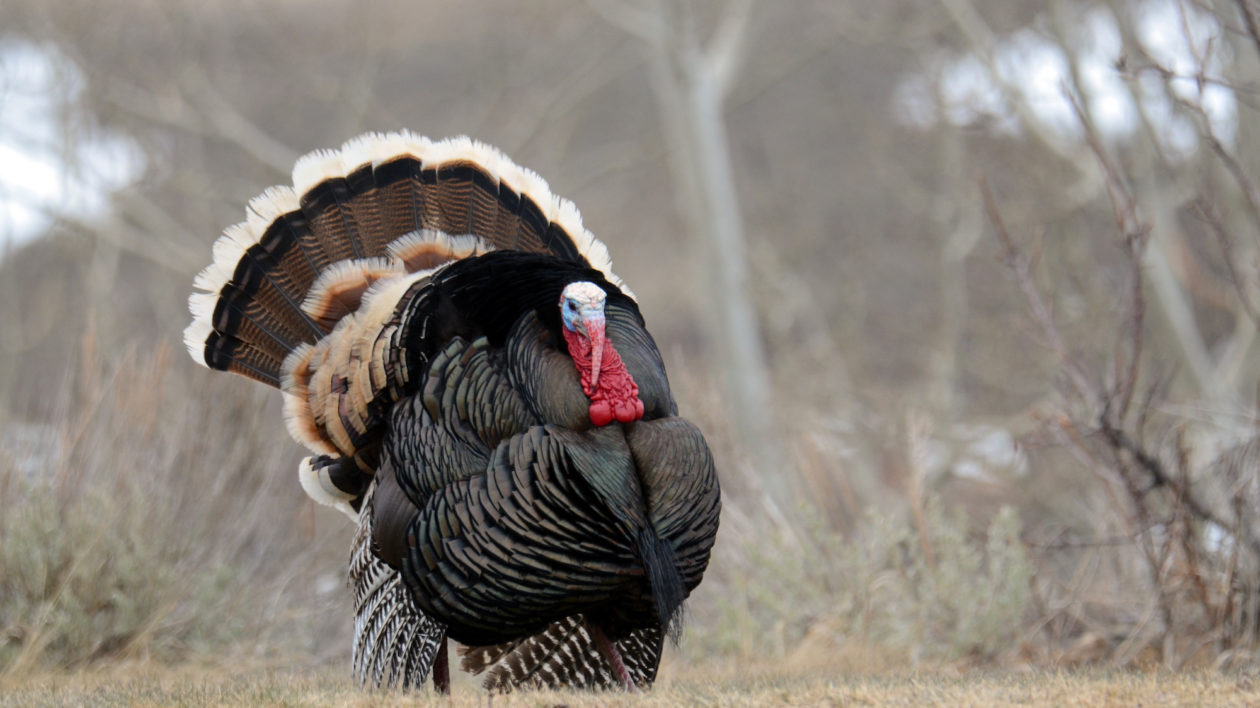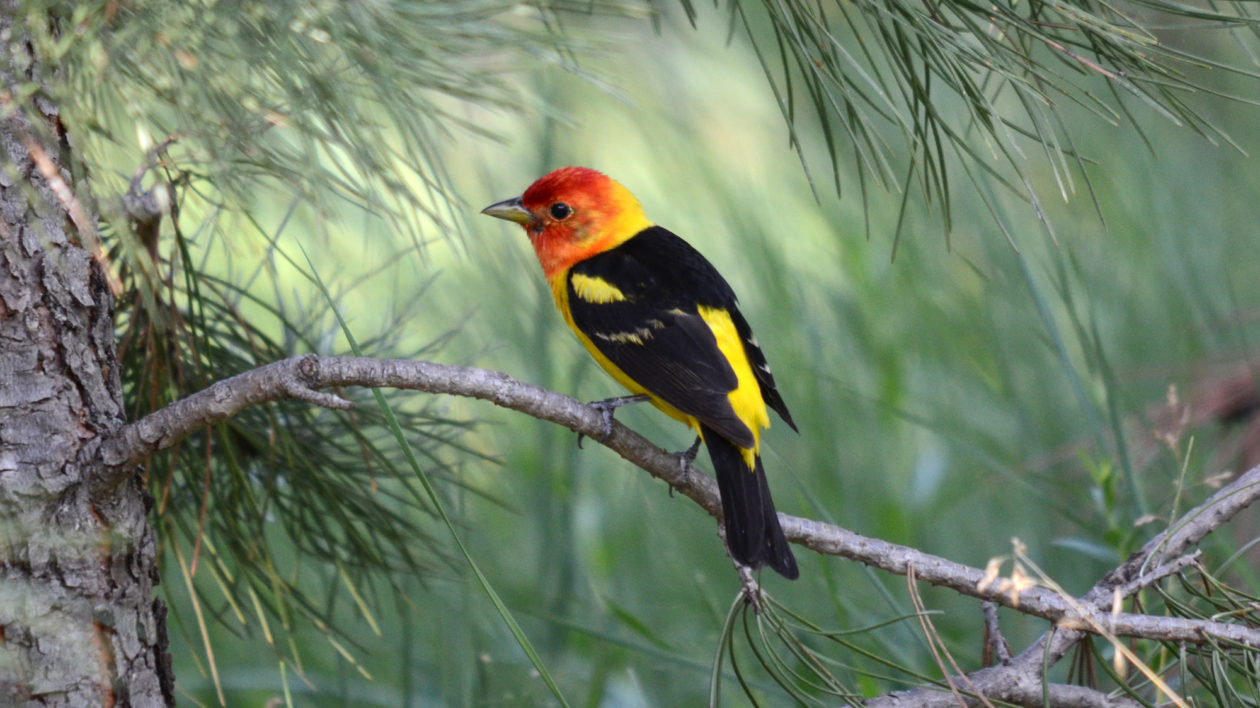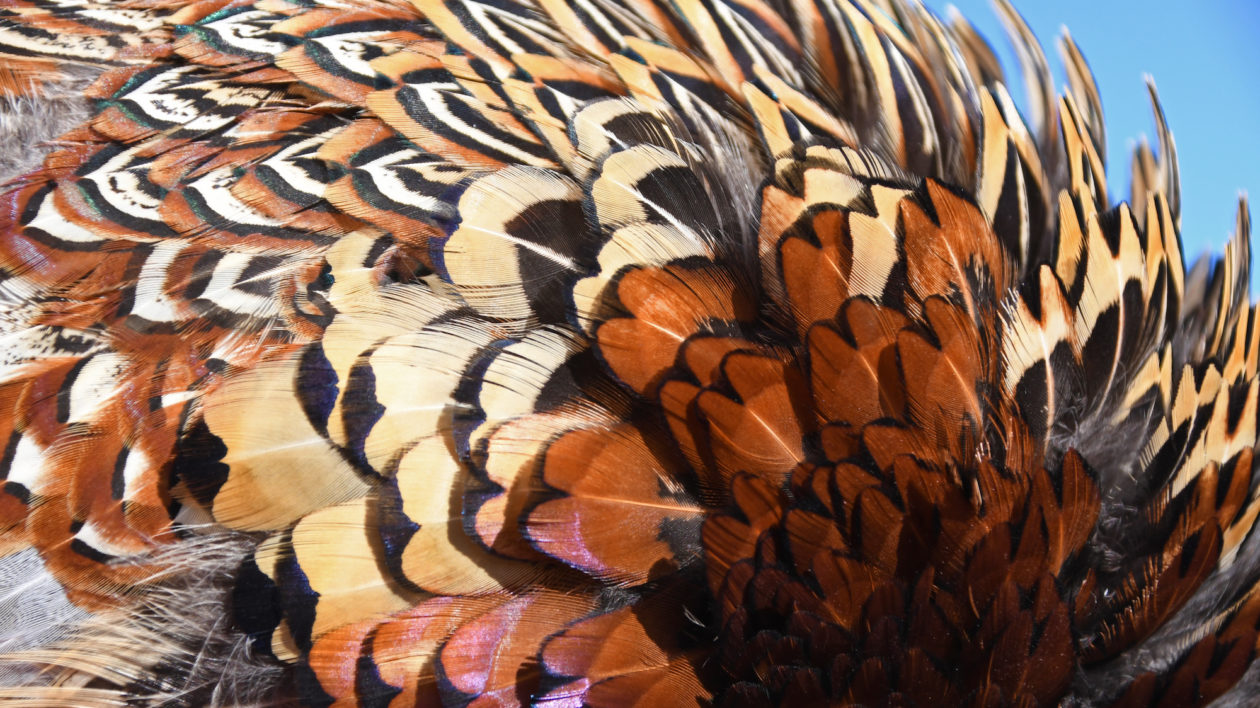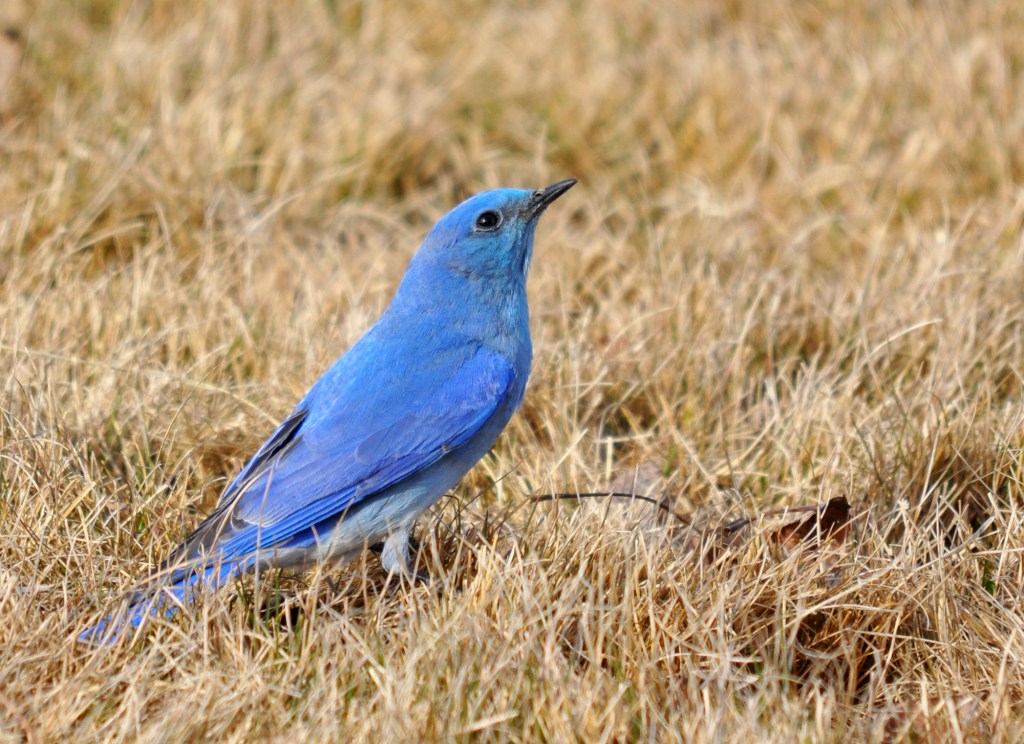Bird lovers are drawn to azure bluebirds, blazing cardinals and glowing goldfinches. It’s a kaleidoscope of colors but we’re still missing out: Birds see more colors than we do.
You probably learned in grade school that male birds have the eye-popping plumage to attract their mates. Birds (and other wildlife) also depend on sight to find food and avoid predators. If you’re a bird-watcher or bird photographer, you’re aware that birds have keen color vision, making it difficult to get close to them. But what do birds really see?
“It’s an evolutionary thing,” says Dr. Scott Werner, Research Wildlife Biologist at the USDA’s National Wildlife Research Center in Fort Collins, Colorado. “We used to look at a bird’s rods and cones to determine its vision capabilities. That’s still true, but in the last 10 years, techniques like molecular genetics, electroretinography and electron microscopy have revealed much more.”
Here’s how those three tools work:
Molecular genetics lets researchers examine the structure and function of a bird’s genes at the molecular level to determine what it sees. According to Werner, studying DNA allows scientists to investigate visual perception in specific ways.
Electroretinography measures electrical responses in the retina at the cellular level when a bird sees different things, such as food or another bird. A stronger electrical impulse indicates a stronger response by the bird to that visual cue.
Electron microscopy, or the use of electron microscopes, allows scientists to see much more detail (at a higher resolution) and in wavelengths that are much shorter than with a light microscope, a microscope that uses a light bean to illuminate a specimen.
“We’re still learning how an anatomical trait determines visual perception,” says Werner. “What a bird can see and how it uses that information are two different things.”

What scientist do know is that bird vision is tetrachromatic, as compared to human vision, which is trichromatic. We see in three broad classes of color – blue, red and green. Birds see in four classes of color – blue, red, green and shorter wavelengths – violet or ultraviolet (UV) – depending on the species.
While humans don’t see in UV spectrum, colors in those wavelengths appear brighter or iridescent to us. To illustrate this, Werner uses what he calls the Tide laundry detergent example.
“It’s why my jeans appear bluer to me but less blue to you, or why my T-shirt looks bright white whereas yours looks duller,” he says. “Birds respond differently in the presence or absence of UV wavelengths. Studies with red-winged blackbirds show chromatic differences matter, how blue something is, the intensity of it… Canada geese and turkeys also attend to UV cues, and we know mallard ducks see violet, blue, green and yellow.”

According to Werner, turkeys are particularly UV sensitive. “We treated food at a certain UV wavelength with pesticides, then gave it to turkeys, “ says Werner, “They avoided the same food in the future regardless of whether it was treated or not. This shows a functional significance.”
Similar studies have looked at the role of the UV color spectrum in the way turkeys select their mates. When a male turkey displays for a female turkey, she is attracted to the male’s featherless parts – head, snood, wattle and caruncle – that change color depending on how stimulated the male is. She also checks out the amount of iridescence of a male’s tail. The more stunning his fanned-out tail looks, the more likely he’ll get the girl.
“The more beautiful the tail, the more iridescent the tail, the less the turkey’s parasitic load,” explains Werner, “Females associates pretty tails with healthier, more desirable mates.”

Scientists have studied only a handful of the 900+ species of birds in North America for their specific UV sensitivities, but they believe birds that are active during the day have some degree of it. In theory, there’s a correlation between how much a bird sees in the UV spectrum and how bright or iridescent it looks to us.
What does this mean if you want to get a better look that vibrant tanager that just landed on branch near you? Stay still and blend in! Movement catches a bird’s eye first.
It also cues on big patches of solid colors that don’t match the surroundings. There’s nothing new about that, but now when a ring-necked pheasant, with its showy purple, rust and sky-blue feathers, struts across the road in front of you, you’ll see it in a new way.




Great article, but two things are bothering me: the cornea of the human eye filters out UV light, so our vision does not detect UV at all. The “laundry detergent” example refers to UV-induced fluorescence, where the detergent absorbs UV (invisible to us) and instead emits a color that we can see (in the detergent example, blue). If you were to aim a UV-sensitive camera at the detergent, it would look black, because the UV is absorbed.
Also, the article seems to be confusing fluorescence with iridescence. Fluorescence is, as I said, when a material “glows” because it absorbs UV light and converts it to a color in the visible spectrum. In contrast, iridescence is when a surface refracts light, thus reflecting a rainbow color (e.g. bubbles, opal, sequins).
excellent article..thnx for sharing
btw Ball..cant show what th birds see since we are not birds 🙂
Holly.. tide makes th white whiter
I wish you would show what the birds actually see.
Tide laundry detergent?
What is species of bird in the photo of Lisa Ballard. I can’t find it in my bird guide. Thank you
That is a Western tanager (Piranga ludoviciana).